Vellore is a prominent city in Tamil Nadu, located in the northern part of the state near the border with Andhra Pradesh. The city derives its name from the Velan trees that once surrounded the area. Vellore is well-known for its thriving leather industry and the Christian Medical College and Hospital, which is one of India’s leading healthcare institutions.
The city was established as a settlement in 1566 by Chinna Bommi Reddy and Thimma Reddy Nayak, subordinate chieftains under the Vijayanagar Empire during the reign of Sadashiv Raya. They also constructed the impressive Vellore Fort, a notable landmark that stands to this day.
Built of granite from the nearby quarries in Arcot and Chittoor districts, the massive fort, spread over an area of 133 acres (0.54 sq. km), is surrounded by a moat, which at one time was filled with crocodiles as a line of defence against invaders. It’s also believed to have an escape tunnel to Virinjipuram around 12 km away.
The ancient Jalakandeswara Temple dedicated to Shiva, lies within the fort, built by Chinna Bommi, so named as the Shiva Lingam here is surrounded by water, and is an excellent representation of Vijayanagar architecture. There is also the St. John’s Church built in 1846 by the Govt of Madras as well as a mosque built by the Nawab of Arcot.
Following the devastation of Hampi after the Battle of Tallikota in 1565, Vellore Fort gained significant strategic importance as the Vijayanagar Empire established Chandragiri as its new capital during its final stages. The fort became a focal point of a bitter power struggle between two factions of the Aravidu dynasty, both claiming the rightful title of Raya.
These factional disputes also drew in their allies—the Nayaks of Gingee, Thanjavur, and Madurai—turning Vellore into a hotbed of political intrigue and conflict. The fort’s defenders faced regular clashes with the Adil Shahi rulers of Bijapur. In a particularly grim episode in 1614, the Vijayanagar emperor Sriranga Raya and his family were brutally murdered within the fort by members of the rival faction, marking a dark chapter in the empire’s decline.
The Adil Shahis later captured this fort in alliance with the Madurai Nayaks in 1656, and twenty years later, during Shivaji’s campaign in the South, the fort fell to the Marathas after a fourteen-month long siege in 1678. Following Aurangzeb’s death in 1707, the fort was captured by Daud Khan, the Mughal commander based at Arcot, who would later become the Nawab of Kurnool.
With the Mughal empire wracked by internal conflicts, and declining power, the Muslim governors of the Deccan began to break away forming their own kingdoms. The fort was captured in 1710 by Sadat Ullah Khan, the Nawab of Arcot.
The Nawab’s successor Dost Ali, would later gift Vellore Fort to his son-in-law in 1733, however a conflict broke out between them later, with the British supporting the Nawab and the French his sons in law. The Battle of Plassey in 1757, would however decisively seal the fate of the French, as the British emerged the undisputed masters of the subcontinent.
The fort passed into the hands of the British, and they had to face a two-year long siege by Hyder Ali in 1870 during the Second Anglo Mysore War, which they however repelled successfully. The fort served as one of the important garrisons during the British rule till independence in 1947.
After the fall of Srirangapatnam in 1799, and the death of Tipu Sultan, his entire family including his children, wife and mother were detained here. It was also where the last monarch of Sri Lanka, Sri Vikrama Rajasimha was kept in captivity for seventeen years before he passed away in 1815.
One of the earliest mutinies against the British broke out here in 1806, much before the 1857 revolt.The immediate cause of the Mutiny was the imposition of a forcible dress code on the Indian soldiers. Hindu sepoys were prohibited from wearing sacred symbols like vibhuti or tilak, while Muslim sepoys were required to shave their beards—both deeply offensive demands that clashed with their religious practices.
Additionally, soldiers were ordered to replace their traditional turbans with a round hat adorned with a cockade, a symbol strongly associated with Christianity at the time. This directive was issued under the authority of General Sir John Craddock, the Commander-in-Chief of the Madras Army. Despite an earlier warning to consider the sensitive and delicate nature of such changes, the orders were enforced strictly, fueling widespread resentment among the sepoys.
In May 1806, several protesting sepoys were sent to Fort St. George in Chennai. Two of them were publicly flogged with 90 lashes each and subsequently dismissed from service. Around 19 other sepoys received approximately 50 lashes and were compelled to seek pardon from the East India Company.
Adding to the tension was the presence of Tipu Sultan’s sons, who had been held as pensioners at the fort since 1799 following their father’s defeat. Although it appeared they intended to incite an uprising in the Mysore Province, once the Mutiny actually erupted, they showed reluctance to actively support the rebellion.
The garrison at Vellore Fort consisted of four companies of British infantry and three battalions of Madras infantry. Typically, the sepoys lived outside the fort walls with their families in small huts. However, on July 9, 1806—just one day before the planned parade—the sepoys were ordered to assemble inside the fort to prepare for the event. This unexpected gathering provided the perfect opportunity for the sepoys to organize and act on their growing resentment.
July 10, 1806- In the wee hours of the morning, just past midnight, the mutiny broke out. The sepoys went on a rampage, killing 14 officers of their own Madras Regiment, and 115 men of the 69th Regiment, while they were sleeping, which included Colonel St. John Fancourt, the commander of the Fort. By dawn, the rebels had seized control of the fort, raised the Mysore flag over it and declared Fateh Hyder, Tipu Sultan’s second son as the ruler.
However a British officer Major Coopes, escaped the carnage and alerted the garrison in Arcot. And 9 hours later, a relief force comprising the British 19th Light Dragoons, galloper guns, and a squadron of Madras Cavalry rode from Arcot to Vellore, covering a distance of 26 km in 2 hours. Led by one of the most capable officers, Sir Rollo Gillespie, he dashed ahead of the main force with a single troop of around 20 men.
At the fort, Gillespie discovered around 60 European officers of the 69th Regiment who had survived the initial massacre but were running dangerously low on ammunition. With the gates barred shut, Gillespie bravely scaled the fort walls using a rope and led the officers in a fierce bayonet charge. As the British 19th Light Dragoons and Madras Cavalry approached, Gillespie ordered the galloper guns to blast open the gates.
The cavalry units then surged inside, ruthlessly cutting down any sepoys who resisted. Approximately 100 sepoys who sought refuge within the fort were dragged out, lined against a wall, and executed by firing squad. The brutal clash resulted in around 350 sepoy deaths, with many more wounded. In a swift and violent stroke, the rebellion was crushed, and British control firmly restored.
If the initial massacre was ghastly, the reprisals against the surviving mutineers were equally brutal. After a hastily conducted trial, six mutineers were executed by being blown from cannons, five were shot by firing squads, eight were hanged, and five were sentenced to transportation for life. The three battalions of the Madras Regiment involved in the rebellion were disbanded.
Captain John Craddock, whose rigid orders had sparked the mutiny, was recalled in disgrace at his own expense, along with several other senior officers. The Mysore royal family, held captive at the fort, was transferred to Kolkata, and Governor William Bentinck was also recalled.
Though the Vellore Mutiny was swiftly suppressed, its repercussions resonated across India, igniting numerous smaller revolts and ultimately contributing to the widespread uprising of 1857.


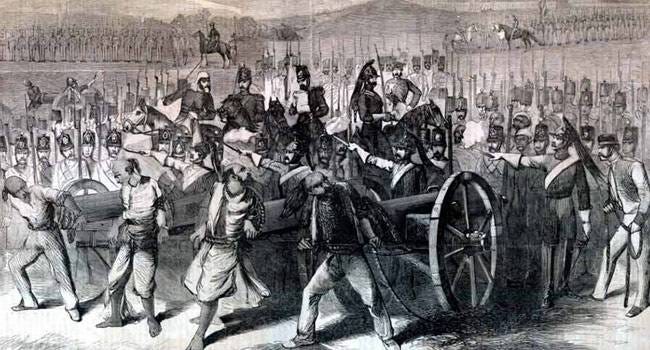


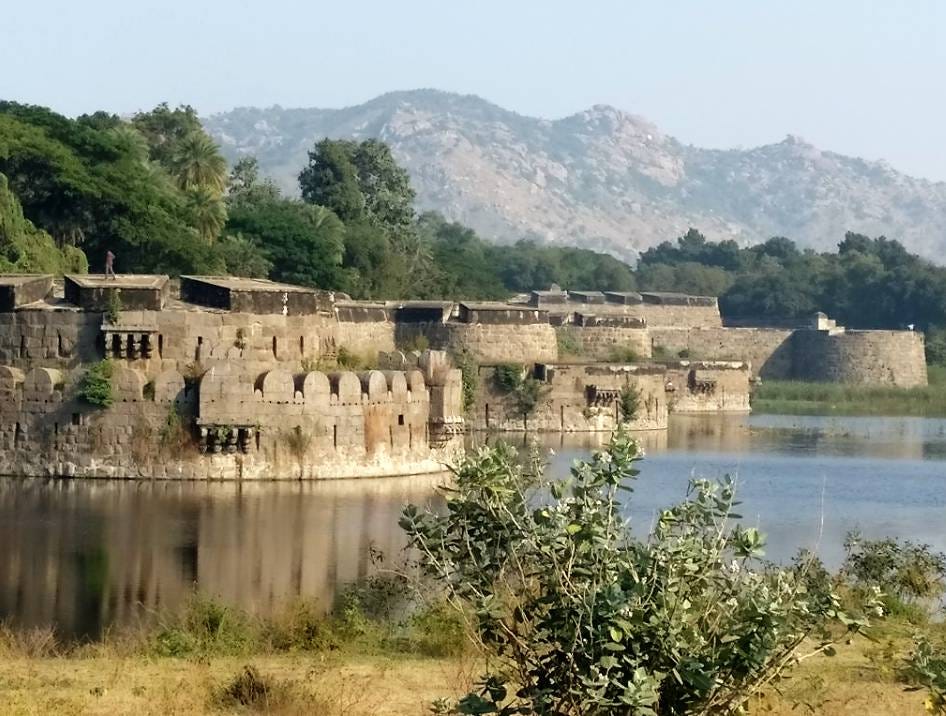
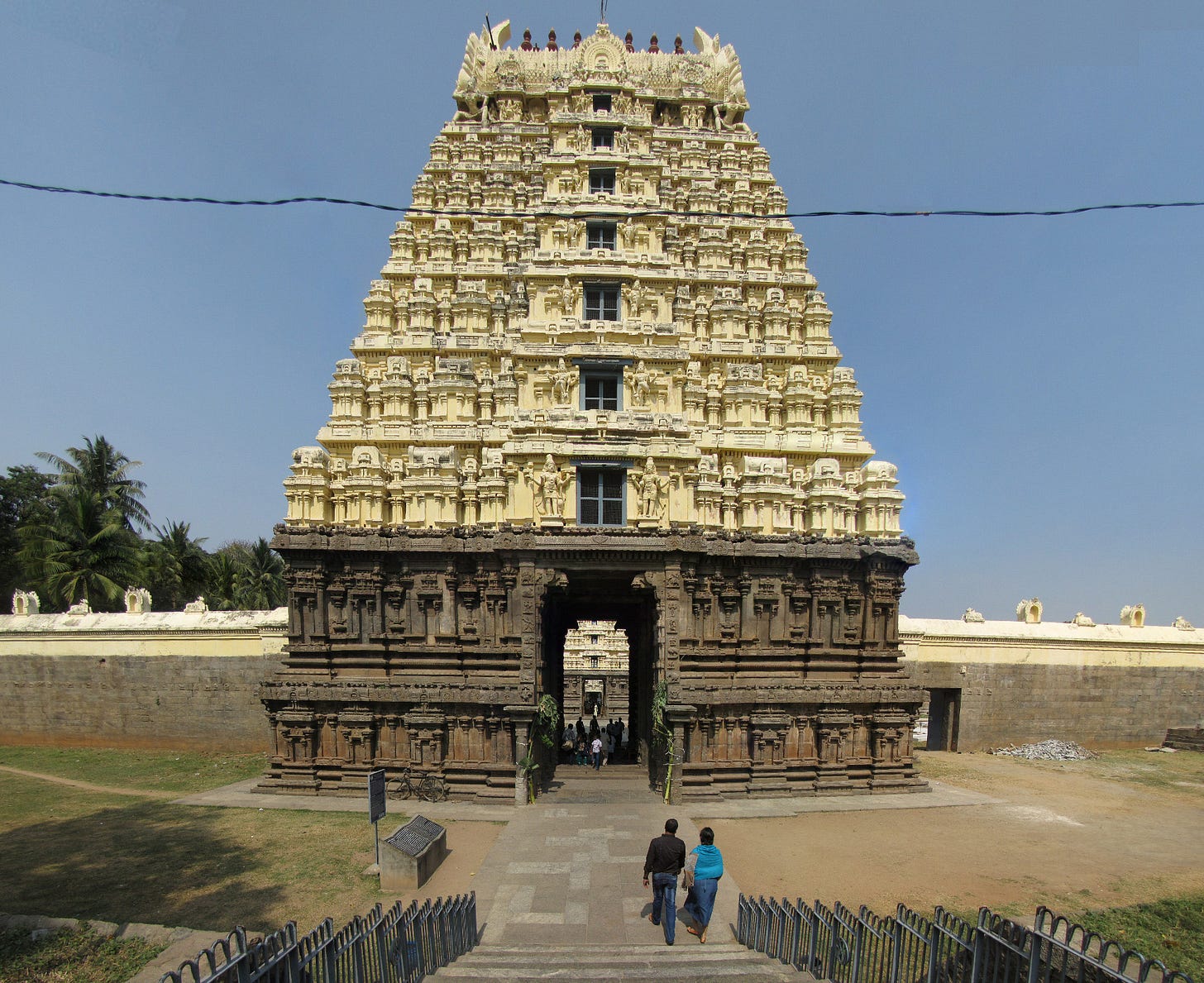
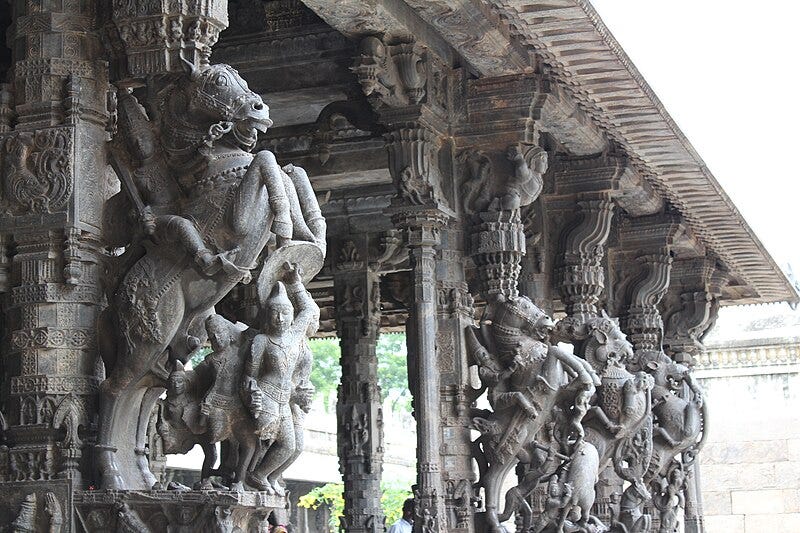
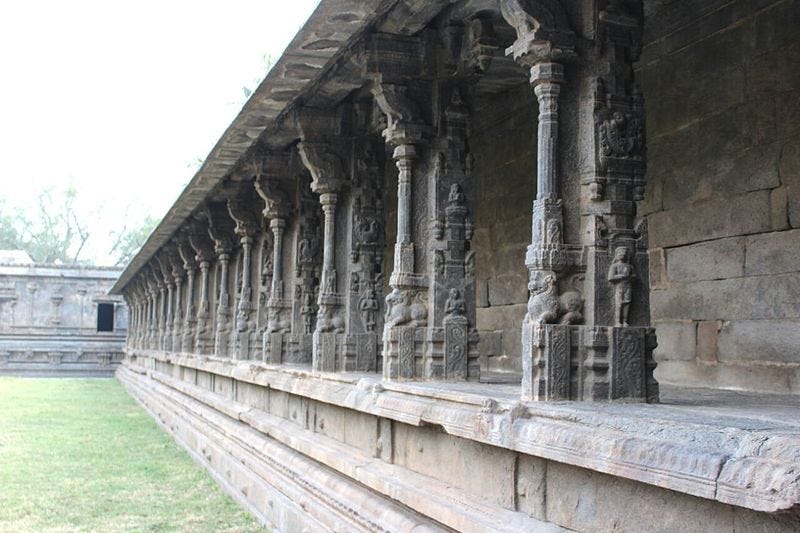
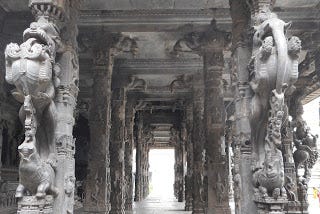
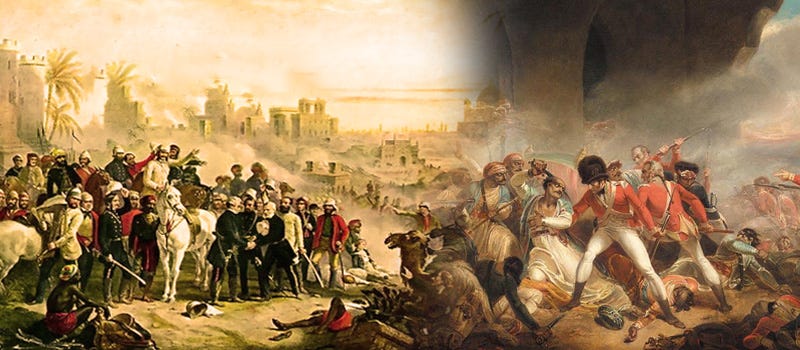

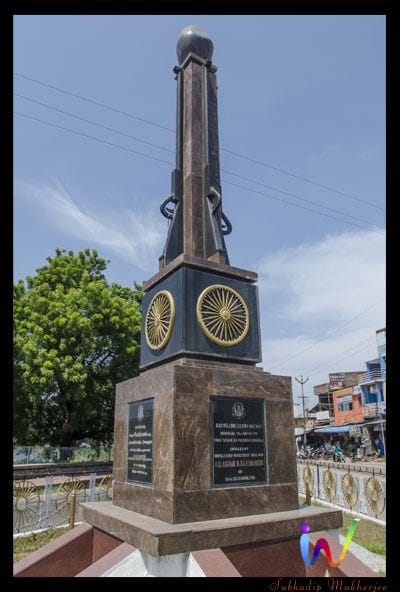
Thank you for sharing this important part of history 🙏